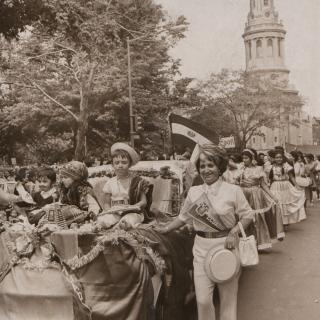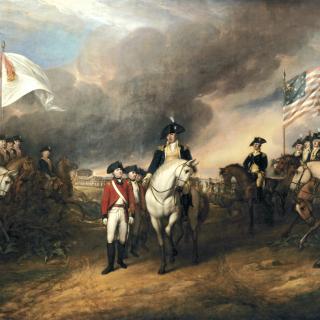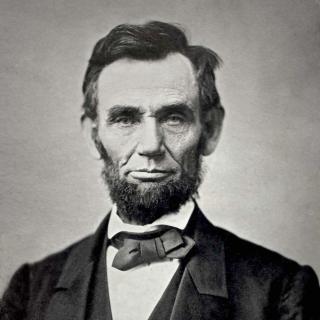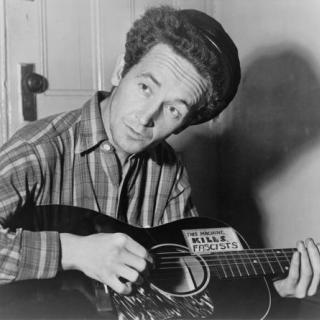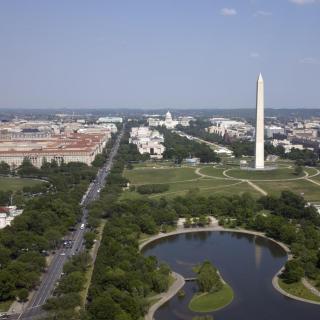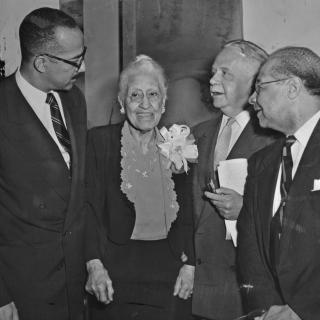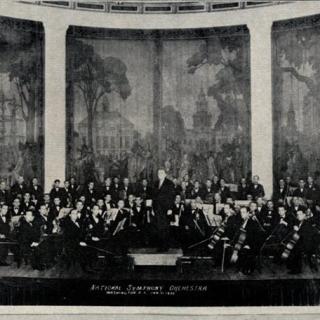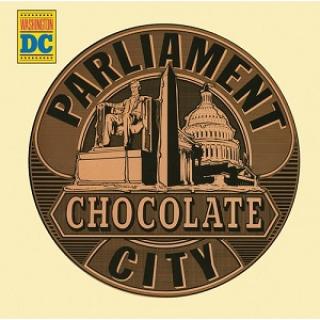In 1776, the Maryland 400 Saved the Continental Army at the Battle of Brooklyn
America might not have existed long without the heroic sacrifice of a small group of Marylanders on August 27, 1776. That late summer day men of the First Maryland Regiment found themselves surrounded and hopelessly outnumbered by British forces during the Battle of Brooklyn (also called the Battle of Long Island), the largest battle of the Revolutionary War, fought just weeks after the signing of the Declaration of Independence.1
Cut off from the main American lines, Continental Army General William Alexander, known as Lord Stirling, led a contingent of the Marylanders in repeated attacks against over 2,000 British positioned at an old Dutch farmhouse on the southwestern tip of Long Island. Some 256 Marylanders were killed, wounded, or captured, decimating the regiment, but the rearguard action bought critical time for Patriot forces to plan their successful escape to Manhattan.2
Watching the Marylanders’ charges from a nearby hilltop, General George Washington reportedly wrung his hands and cried out, “Good God, what brave fellows I must this day lose!”3 Only Major Mordecai Gist, a 33-year-old Baltimore native, and nine others would make it back to camp.4 The soldiers whose sacrifice won an “hour, more precious to American liberty than any other in its history,” according to one nineteenth-century historian, would eventually be christened the “Maryland 400”—America’s version of the 300 Spartans who fought against overwhelming odds to the very end.5
So impressed was Washington, according to some accounts, with the regiment’s performance that he would later refer to the disciplined Marylanders as his “old line”—the term that spawned Maryland’s eventual nickname, the “Old Line State.”6
Unlike the famously militaristic Spartans, virtually none of the First Maryland Regiment’s members had seen combat before their fateful stand in New York, aside from a few veterans of the French and Indian War. Authorized by Maryland’s revolutionary government in January 1776, the regiment initially consisted of nine companies under the command of Colonel William Smallwood, a wealthy planter from Charles County and future Maryland governor, in addition to several "independent" companies.7 Its men hailed from nearly every corner of the colony, from Montgomery and Prince George's counties to the Eastern Shore, and enlisted as professional “regulars,” not militia, agreeing to serve one-year terms.
“There is a real range of people who we have learned about,” Owen Lourie, a senior research archivist with the Maryland State Archives, said. Lourie serves as project director for “Finding the Maryland 400,” a website dedicated to telling the stories of all Marylanders who fought at the Battle of Brooklyn, and a forthcoming book of the same name due to be published ahead of the battle’s 250th anniversary next summer.
Like Smallwood, many of the regiment’s original officers belonged to Maryland’s slaveholding gentry and were expected to draw on their personal wealth to outfit their men.8 Within the enlisted ranks there was a broad mix of backgrounds, from unskilled laborers and tenant farmers to professional tradesmen and artisans.9 The soldiers were around 24 years old on average, according to Lourie, and about a quarter were foreign born, with the most common countries of origin being England, Scotland, and Ireland (although a Western Maryland rifle company included some German “mountain men”).
While all infantry regiments raised by Maryland during the war would eventually be integrated, no black soldiers were known to have served with the Maryland 400 in New York.10 It’s impossible to say for certain, since Maryland’s enlistment records during the war didn’t include race, but most Southern states only turned to black recruits later in the war as troop shortages became more dire.
“The people who enlist in 1776, they're probably driven in large part by the initial enthusiasm for the war,” Lourie said. “That goes away and so you see some changes after '76 about who's serving in the army.”
Soldiers of the First Maryland Regiment may have brought enslaved blacks north with them in 1776 along with other camp followers that performed manual labor and cared for the men. In October 1778 Gist, the regiment’s acting commander at the Battle of Brooklyn, placed a newspaper ad in the Pennsylvania Packet asking for help recovering an escaped slave named Sarah and her son Bob, who had been part of the Marylanders' camp.11
Along with its diverse makeup, the First Maryland possessed a number of other distinguishing characteristics. The regiment was better trained and equipped than most in the Continental Army, being one of the few units to receive bayonets.12 Although the men wore linen-fringed hunting shirts (later replaced by the more famous blue coats) as they marched north through Philadelphia in July 1776, the Marylanders still made quite the impression on locals that turned out to view the troops.
“Colonel Smallwood’s battalion was one of the finest in the army, in dress, equipment, and discipline,” remarked one Philadelphia resident, who noted the Marylanders had “the most macaroni cocked hat, and hottest blood in the Union.”13
The professional quality of the regiment would soon be put to the test. Having been dislodged from Boston in May, the British next turned their eyes towards New York and assembled a massive armada and invasion force of some 20,000 men, including 5,000 Hessian mercenaries.14 After landing on Long Island’s Gravesend Bay on August 22, 1776, the British launched an attack on the evening of August 26, the same day recently arrived Marylanders were ferried across the East River to bolster the forward American positions.15
August 27 would bring with it the first full-scale battle of the Revolutionary War and disaster for the Americans. British troops led by General Henry Clinton executed a nighttime flanking maneuver that overran the American left, while another force under General James Grant tied down rebel forces to the right. At sunrise the Marylanders, along with Pennsylvania and Delaware units, ran into Grant’s diversionary force and began exchanging intense fire across the fields and orchards lining the Gowanus Road (today’s Fifth Avenue).16
“The enemy then advanced toward us, upon which lord Stirling, who commanded, immediately drew us up in a line, and offered them battle in the true English taste,” one unnamed Maryland soldier from the fifth company wrote in a letter days after the battle.17 Stirling’s green troops “stood it amazingly well” even as “the balls and shells flew very fast, now and then taking off a head.”18
The Marylanders held their positions until around noon, when Clinton’s flanking attack became apparent and British and Hessian forces closed in on their side and rear. Stirling ordered a fighting retreat to the American fortifications at Brooklyn Heights through the only remaining means of escape—Gowanus Creek, a tidal marsh some 80-yards wide.19 As men and horses struggled across the creek, Stirling, Gist, and the remaining Marylanders and Delawareans found themselves facing a full British division under General Charles Cornwallis (future surrenderer of British forces at Yorktown in 1781).20
Cornwallis’s soldiers were entrenched in and around the Vechte–Cortelyou House, better known as the “Old Stone House,” originally constructed by Dutch farmers in 1699.21 Despite the formidable British positions, Stirling and Gist formed up their men and made at least two direct assaults on the house through a hail of fire, as General Washington and other American officers looked on in awe.22
“My Captain was killed, first lieutenant was killed, second lieutenant shot through the hand, two sergeants were killed, one in front of me,” William McMillan, a 20-year-old corporal in the fourth company, remembered.23 “Same time my bayonet was shot off my gun. Two corporals killed, all belonged to our company.”
Their position hopeless, McMillan and 50-60 of his remaining comrades, including his brother Samuel, surrendered.24 A staggering 80% of the fourth company was killed or captured and the other four Maryland companies that made the charge fared little better.25 Refusing to be taken by the British, General Stirling allegedly fought through British lines to surrender to Hessian General von Heister.26
Fearing mass casualties of his own, General Howe paused the British attack. The Continental Army had survived the day and would soon slip back to Manhattan, a miraculous retreat made possible thanks in no small part to the Marylanders’ sacrifice. As the fifth company soldier, who made it back to friendly lines, reflected, “Our men fought with more than Roman virtue, and I am convinced would have stood until they were shot down to a man.”27
The term “Maryland 400” is itself a complete misnomer, according to Lourie, and is probably a product of Victorian-era commemorations by groups like the Maryland Society of the Sons of the American Revolution, which in 1895 erected a monument to the men in Prospect Park.28 Close to 1,000 Marylanders served at the Battle of Brooklyn overall, with about 260 participating in the legendary rearguard action, along with some non-Marylanders.
Along with the Prospect Park monument, visitors can find reminders of the Maryland 400 all over Brooklyn today. The reconstructed Old Stone House still stands between Fourth and Fifth Avenues and prominently displays a Maryland flag from one of its windows.29 A historical marker above American Legion Post 1636 on 9th Street erroneously claims to mark the Marylanders’ mass grave (no physical evidence of a mass burial has been uncovered and it’s likely most men lay close to where they fell).30
While the Maryland 400 makes for a great story, Lourie hopes the lives of the individuals that joined the First Maryland Regiment don’t get lost to the pages of history. Individuals like Samuel and William McMillan, who, after their capture at Brooklyn, escaped imprisonment in Halifax and traveled at least 250 miles on foot and by canoe to Maine, surviving at times on a diet of seagrass and snails.31 Nearly a year after their last stand with the Maryland 400, the brothers—Harford County residents who were likely born in Scotland—both reenlisted to continue fighting for the American cause.32
“Some of these people haven’t been thought about in perhaps 200 years,” Lourie said. “I realized that at some point, and it’s really stuck with me. It makes me feel like I have something of a duty to tell their stories and bear witness to their lives.”
Footnotes
- 1
“The Battle of Brooklyn, August 27, 1776: 1776-1783: Embattled and Occupied,” Old Stone House & Washington Park.
- 2
“In Their Own Words: An Oral History of the Battle of Brooklyn, Part II,” Finding the Maryland 400, 21 August, 2014.
- 3
“Extract of a letter from New York, Sept. 1,”The Virginia Gazette, 13 September, 1776.
- 4
David McCullough, 1776 (New York: Simon & Schuster, 2005), 182.
- 5
Thomas Warren Field, The Battle of Long Island, (Brooklyn, 1869), 208.
- 6
Ryan Polk, “Holding the Line: ‘The Origin of the ‘the Old Line State,’’” Maryland State Archives, 2005.
- 7
“William Smallwood (1732-1792),” Archives of Maryland (Biographical Series), MSA SC 3520-1134.
- 8
Patrick K. O’Donnell, Washington’s Immortals (New York: Atlantic Monthly Press, 2016), 18.
- 9
“Biographies,” Finding the Maryland 400.
- 10
“Maryland’s African American Troops,” Finding the Maryland 400, 26 February, 2015.
- 11
“Mordecai Gist (1743-1792),” Archives of Maryland (Biographical Series), MSA SC 3520-15852.
- 12
O’Donnell, 24.
- 13
O’Donnell, 47.
- 14
McCullough, 161.
- 15
McCullough, 156.
- 16
“In Their Own Words: An Oral History of the Battle of Brooklyn,” Finding the Maryland 400, 20 August, 2014.
- 17
“Extract of a letter from New York, Sept. 1,”The Virginia Gazette, 13 September, 1776.
- 18
“Extract of a letter from New York, Sept. 1,”The Virginia Gazette, 13 September, 1776.
- 19
“In Their Own Words: An Oral History of the Battle of Brooklyn, Part II,” Finding the Maryland 400, 21 August, 2014.
- 20
McCullough, 177.
- 21
“Colonial Brooklyn: 1699-1852: Rich Farmland,” Old Stone House & Washington Park.
- 22
McCullough, 177.
- 23
“Transcription of William McMillan to William Clark,” ca. October 1828, Pension of William McMillan, National Archives and Records Administration, Revolutionary War Pension and Bounty-Land Warrant Application Files, NARA M804, S 2806.
- 24
“Transcription of William McMillan to William Clark,” ca. October 1828, Pension of William McMillan, National Archives and Records Administration, Revolutionary War Pension and Bounty-Land Warrant Application Files, NARA M804, S 2806.
- 25
“In Their Own Words: An Oral History of the Battle of Brooklyn, Part II,” Finding the Maryland 400, 21 August, 2014.
- 26
McCullough, 178.
- 27
“Extract of a letter from New York, Sept. 1,”The Virginia Gazette, 13 September, 1776.
- 28
Owen Lourie, “What Does ‘Maryland 400’ Mean?,” Finding the Maryland 400, 20 September, 2019.
- 29
“Park Slope’s Town Square: 1934 to Today: A Hub for the Community,” Old Stone House & Washington Park.
- 30
James Schmitt, “Where Were the Maryland 400 Buried?,” Finding the Maryland 400, 6 September, 2019.
- 31
James Schmitt, “Revisiting the Capture and Escape of the McMillan Brothers,” Finding the Maryland 400, 3 October, 2019.
- 32
James Schmitt, “Revisiting the Capture and Escape of the McMillan Brothers,” Finding the Maryland 400, 3 October, 2019.



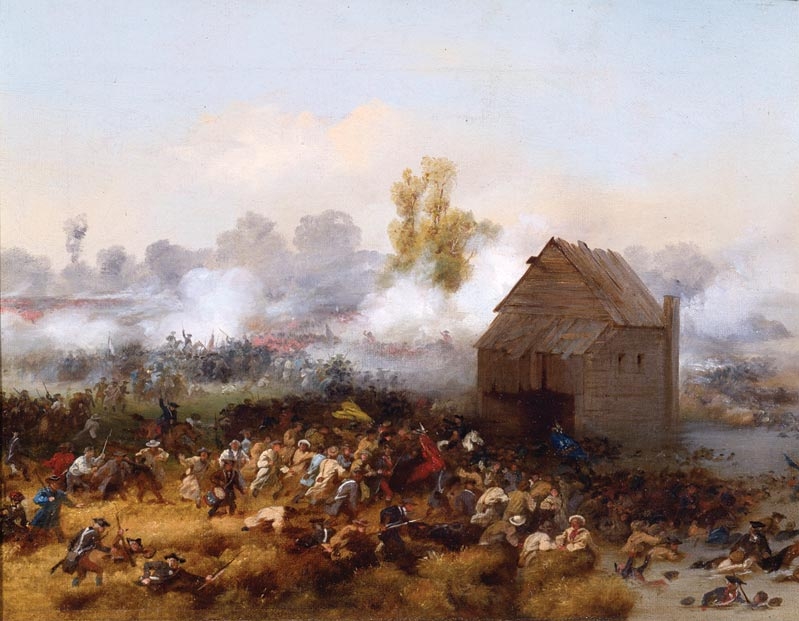
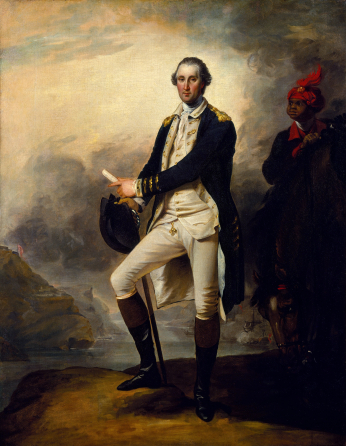

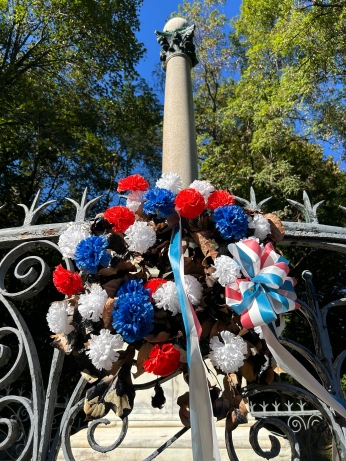
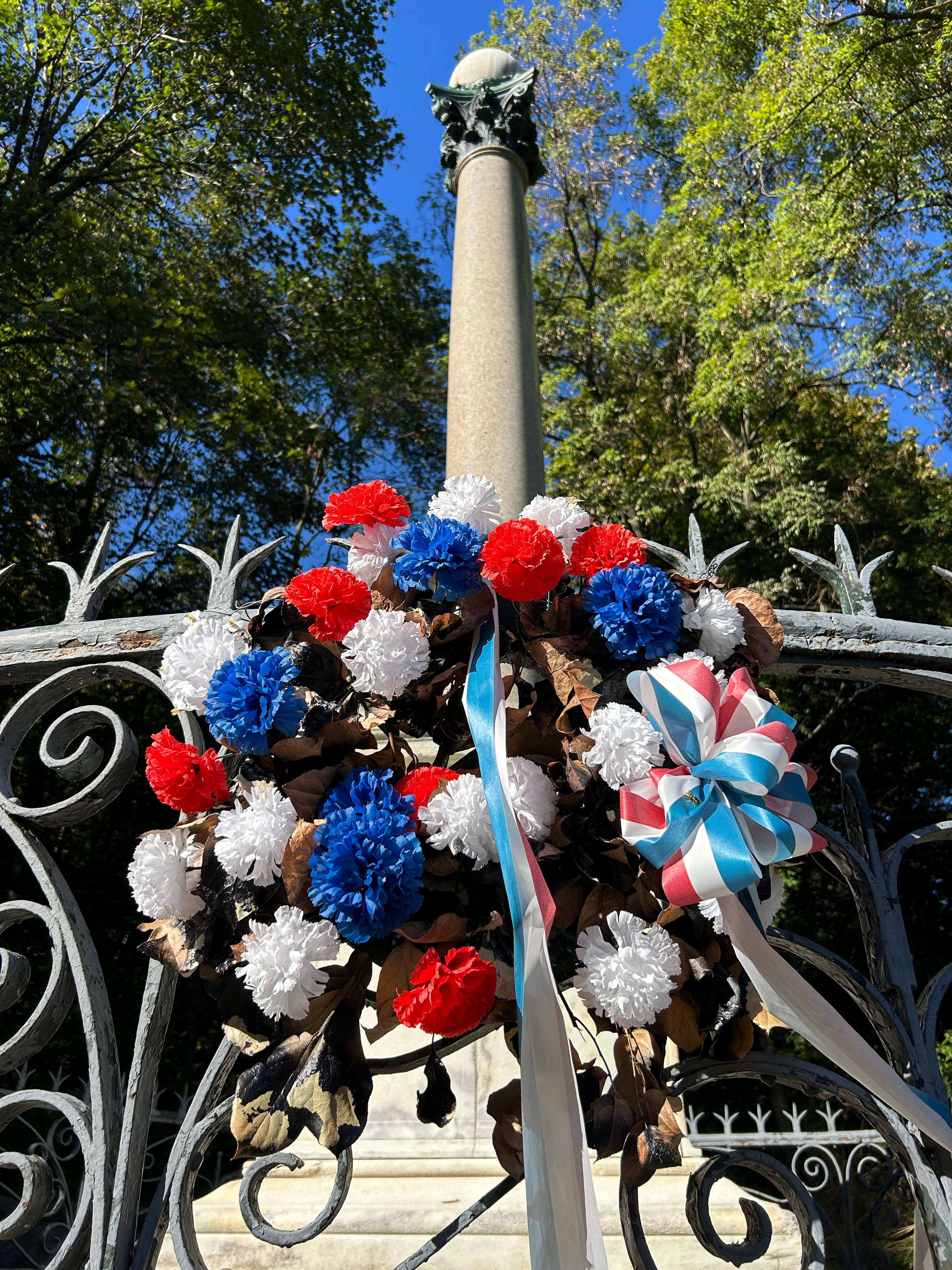
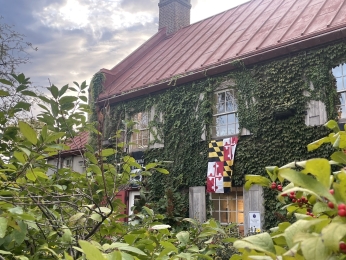
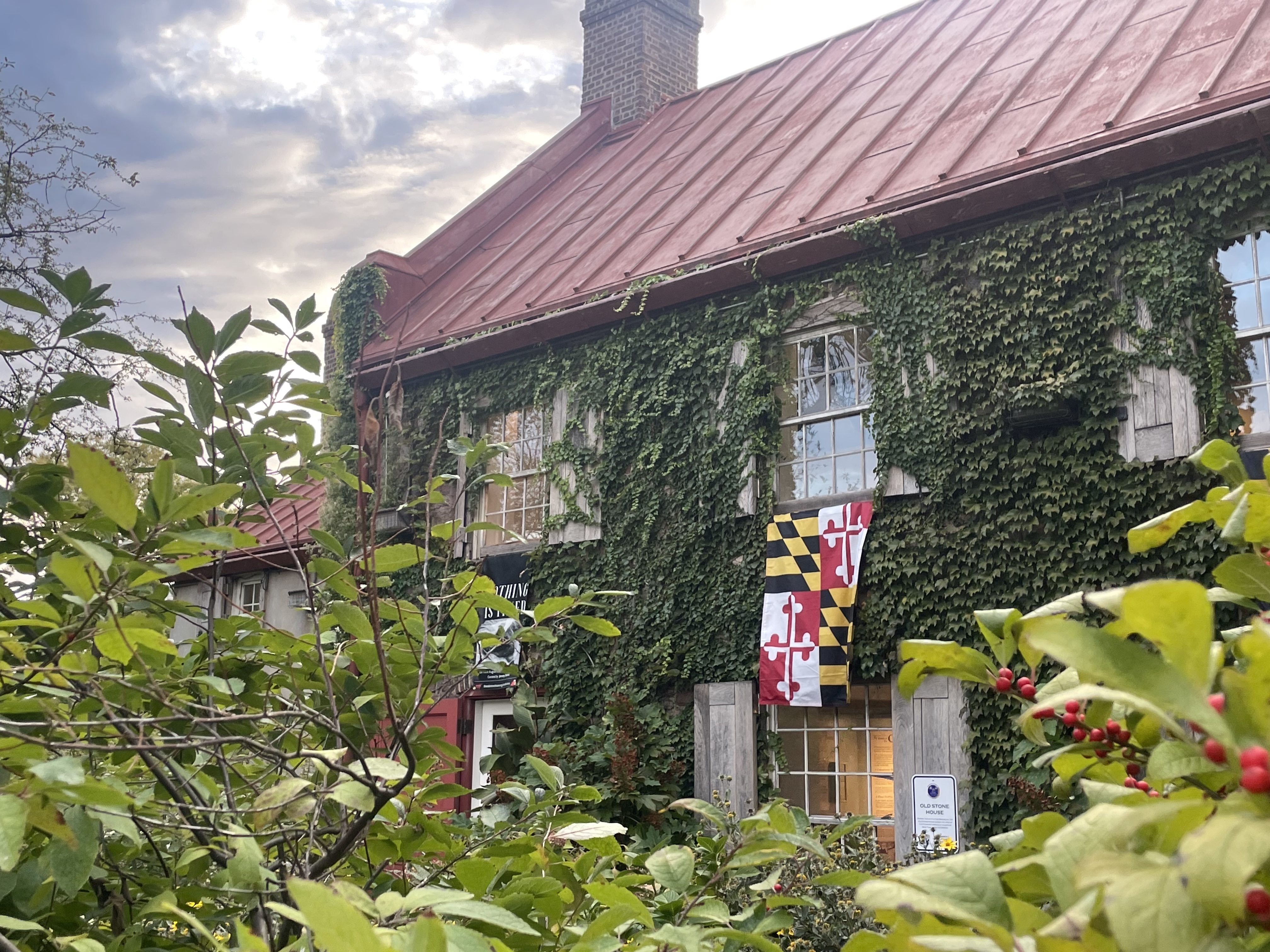


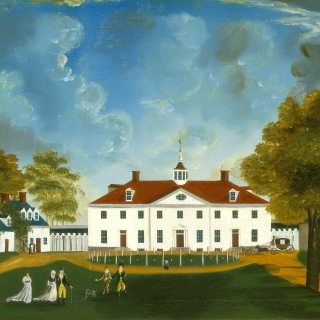
![Sketch of the mythical fuan by Pearson Scott Foresman. [Source: Wikipedia]](/sites/default/files/styles/crop_320x320/public/2023-10/Goatman_Wikipedia_Faun_2_%28PSF%29.png?h=64a074ff&itok=C9Qh-PE1)
